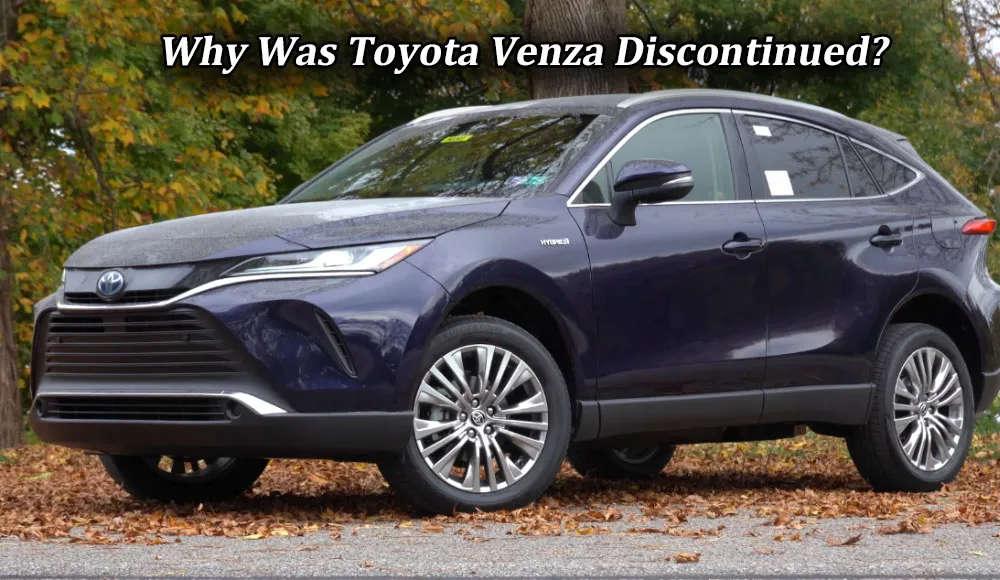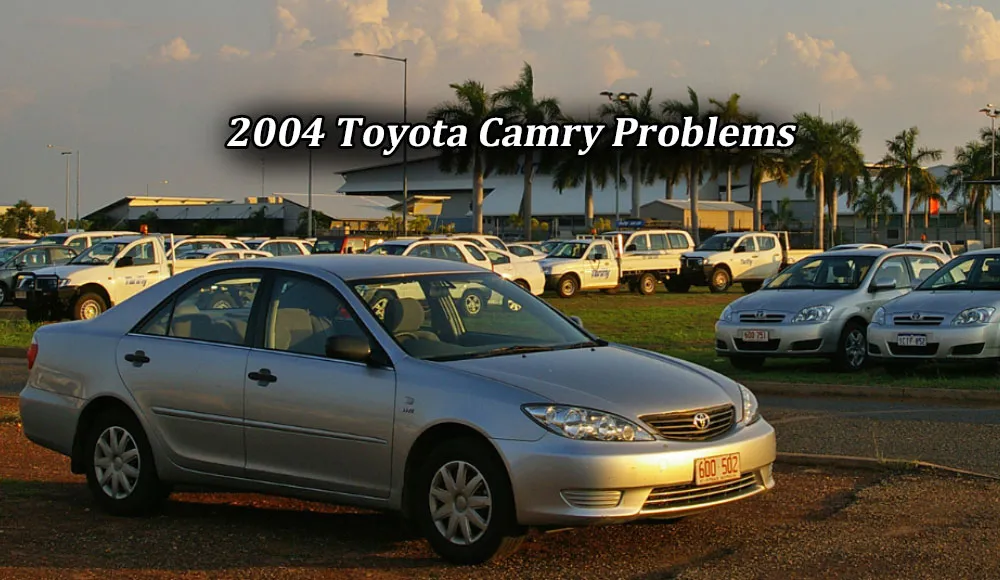Hello, car lovers! Today, I’m delving into a topic that’s been on the minds of many in the automotive community: the discontinuation of the Toyota Venza. Launched with much fanfare, the Venza was Toyota’s ambitious crossover, but it didn’t last as long as expected. I want to explore the factors that led to its withdrawal from the market. Let’s get into the nitty-gritty of this decision.

Overview of Toyota Venza
The Launch and Design of Venza
The Toyota Venza, introduced in 2008, was a mid-size crossover SUV that combined elements of an SUV with the design of a sedan. It was aimed at consumers looking for a vehicle with the comfort of a sedan and the space and utility of an SUV. The Venza boasted a stylish exterior, a roomy interior, and a host of standard features. It was a unique proposition in Toyota’s lineup, positioned between the smaller RAV4 and the larger Highlander.
Market Performance of Toyota Venza
Analyzing Sales Figures and Market Response
Initially, the Venza received a warm welcome. However, over the years, its sales figures started to decline. While the Venza had its loyal fan base, it struggled to compete against the more established SUVs and crossovers, both within Toyota’s range and from other manufacturers.
The Evolving Market and Competition
The automotive market witnessed significant shifts during the Venza’s lifespan. Consumers increasingly gravitated towards more traditional SUVs, and competitors introduced models that directly challenged the Venza’s market position. This intense competition made it difficult for the Venza to maintain a strong foothold.
Factors Leading to Discontinuation
Shift in Consumer Preferences
A key factor was the shift in consumer preferences. Buyers started to favor SUVs with higher seating positions and more rugged capabilities, traits the Venza didn’t fully embody. The market trend moved towards more distinctive SUV features, which impacted the Venza’s appeal.
Competition and Market Positioning
The Venza found itself in a tough spot, competing against established players in the crossover and SUV segments. It also faced internal competition from Toyota’s own RAV4 and Highlander, which offered more of what consumers were looking for in terms of design and utility.
Economic Factors and Production Costs
Economic considerations played a role too. The crossover segment is highly competitive, and maintaining a cost-effective production for the Venza became challenging. Balancing quality, features, and price in a way that could compete effectively in the market was a constant struggle.
Toyota’s Strategic Shift and Portfolio Optimization
Toyota, known for its strategic planning, decided to optimize its vehicle portfolio. This meant discontinuing models that weren’t performing as expected. The decision to phase out the Venza was part of this larger strategic realignment.
Technological Advancements and Model Aging
Technological advancements in the automotive industry also outpaced the Venza. As newer models came with advanced features, the Venza started to lag, and updating it to keep up with the competition would have required significant investment.
Impact of Discontinuation on Toyota and Consumers
Toyota’s Brand Strategy Post-Venza
Toyota’s decision to discontinue the Venza allowed the company to focus on its more successful models. The resources and attention were redirected towards vehicles that aligned more closely with market trends and consumer preferences.
Consumer Response and After-Market Services
For Venza owners, the discontinuation raised concerns about after-market service and parts availability. However, Toyota ensured that support for the Venza continued, upholding its reputation for customer service.
Legacy and Lessons Learned
The Venza’s Place in Automotive History
The Venza’s journey in the automotive market is a testament to Toyota’s willingness to experiment and innovate. It might not have been a long-term success, but it added diversity to Toyota’s lineup and appealed to a specific market niche.
Key Takeaways for Toyota
The Venza experience provided valuable insights for Toyota in terms of market dynamics and consumer preferences. It highlighted the importance of flexibility and adaptability in an ever-changing market.
Conclusion
In conclusion, the discontinuation of the Toyota Venza was a result of several interlinked factors: shifting consumer preferences, intense competition, economic considerations, strategic realignment by Toyota, and the rapid pace of technological advancements. The Venza’s story is a fascinating chapter in Toyota’s history, reflecting the complexities and dynamics of the automotive market. As we look towards the future, Toyota’s experience with the Venza undoubtedly shapes its approach to vehicle development and market strategy. Stay tuned for more insights and deep dives into the automotive world!


